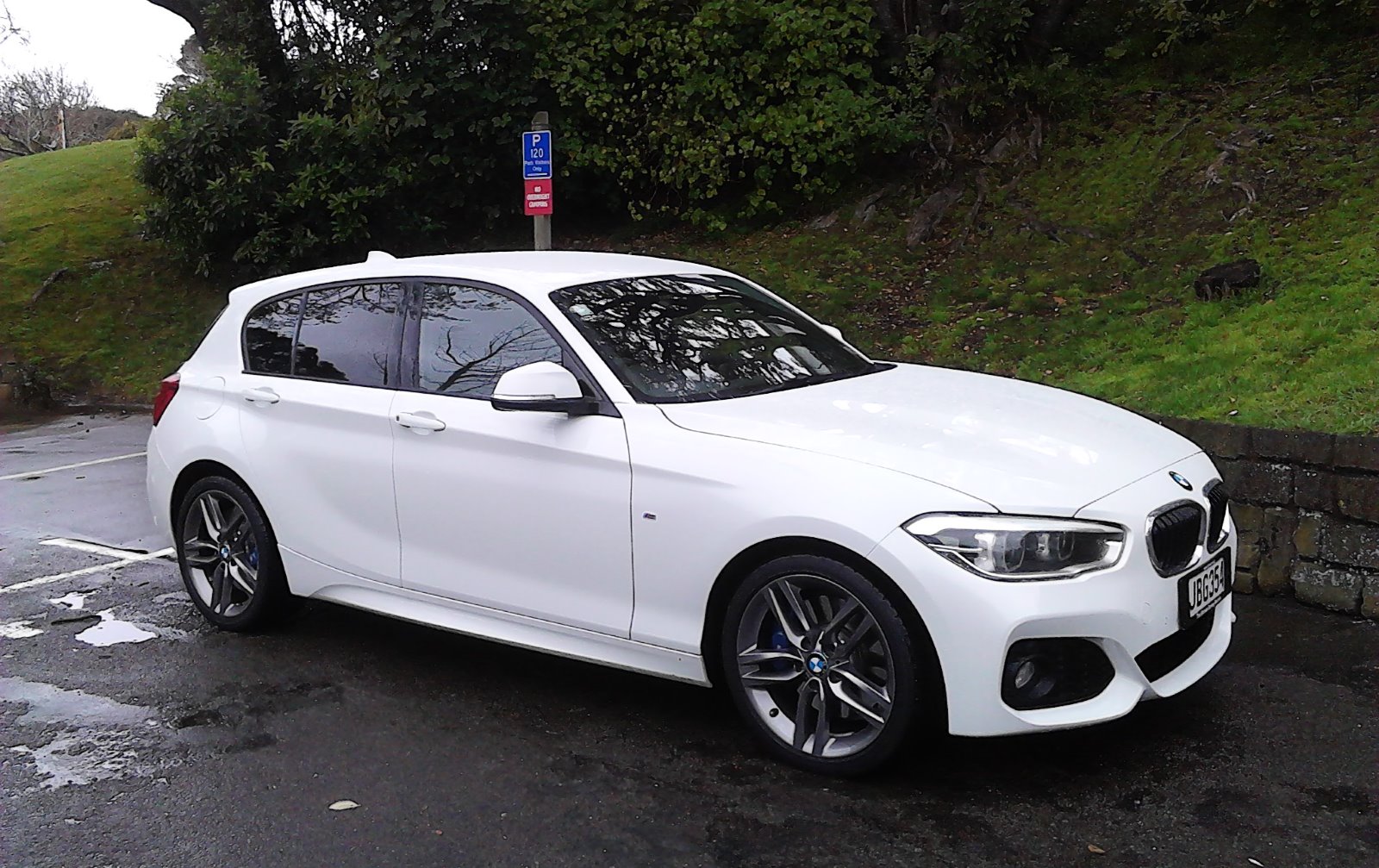
Jack Yan revisits the
BMW 125i with M Sport package, now that it has had a makeover—plus gadgets including BMW’s Connected Drive concierge service and the ability to read the news to you
photographed by the author, some images on a Voigtländer Bessamatic Deluxe
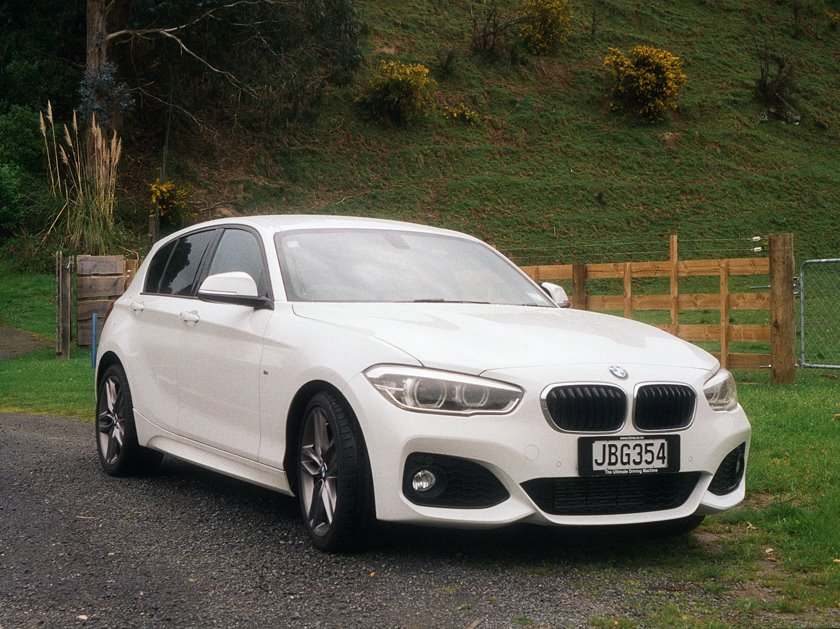
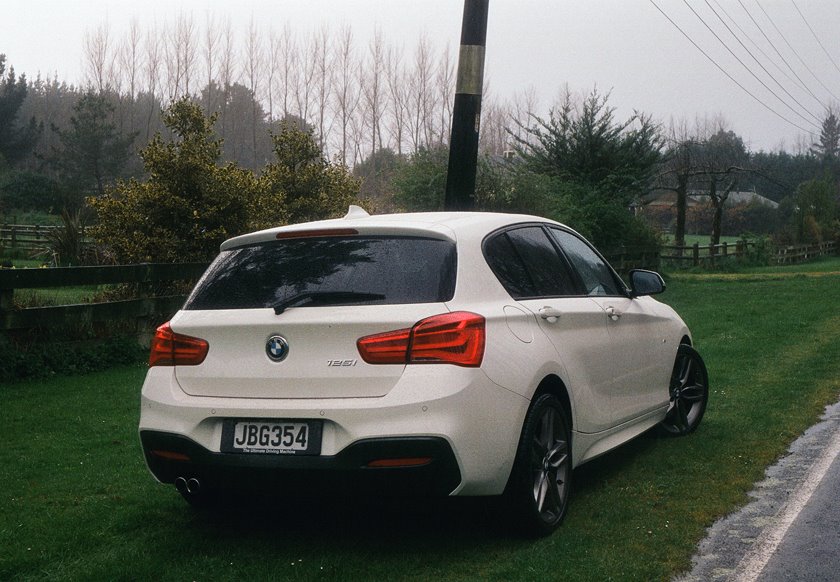
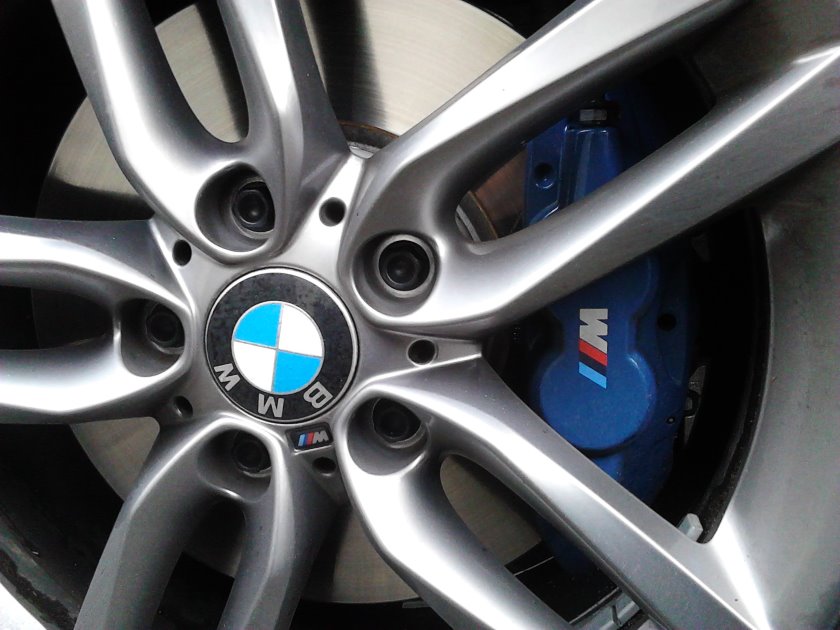
Above: The BMW 125i looks sportier and more purposeful, fending off its competition
Jack Yan is publisher of Lucire.
BMW’s original foray into the C-segment hatchback market, the likes of which are typified by the Volkswagen Golf, was arguably the 3 Compact of 1994. This was a truncated 3-series which was identical to the regular model up front, but made do with a simpler semi-trailing arm suspension that gave it more oversteer. Reactions were mixed: originally, people unfamiliar with the silhouette thought it looked oddly proportioned, without the balance of a boot. But it got customers. If you wanted a great-handling small hatch that could outdo the Golf, and you didn’t mind three doors, the Compact was your choice.
When BMW developed E87, the first 1-series for the 21st century, the one attribute that stood out in our road test was its handling. The suspension was more sophisticated this time, with a multi-link set-up at the rear, and a longitudinally mounted engine—this led to the original 1-series having a 50–50 weight balance. It meant it was one of the best-driving cars in its segment. It didn’t look truncated now, but it probably wasn’t the most attractive car on the market, either. You bought it because of how it drove, and there were enough cues in the styling to signal to people you were driving a BMW. The brand, as ever, brought cachet.
E87 was blessed, too, by a lack of rivals. Audi had its A3, an attractive small hatch that looked better but handled more poorly, while Mercedes-Benz was dabbling with its tall A-class, a hatchback that was infamous for tipping over before the company issued improvements, and which suffered from reliability issues.
But nothing ever stands still. Rivals knew BMW was on to a good thing. The field is full of premium and wannabe-premium small hatches: Audi has its second A3, with a far bigger range; Citroën has spun off DS into a marque and fields a DS 4; and Infiniti and Lexus fight in this space, too. The big threat, however, came from Mercedes-Benz, whose third-generation A-class abandoned tall and practical for low, wide and lean, winning the style stakes for this market. BMW, meanwhile, was doing much the same thing: the new 1-series, the F20, was dynamically brilliant, its rear-wheel-drive set-up better suited to drivers than the Mercedes’s front-wheel-drive, but the styling was a sensible evolution. Lower and wider, but no taller, the new 1-series was one of the most driveable small hatches we tested. However, as Mercedes-Benz expanded its sales’ base, BMW needed more than sensible to combat a fully rethought A-class. The car had to look sportier—after all, it felt it behind the wheel.
Enter the mid-life revisions for the 1-series, the exterior the work of Sydney-born designer Calvin Luk. This segment has shifted to one that wants style, and if Mercedes could shift As with something wide and low, then BMW needed to respond.
It’s clear that the designers wanted to make the revised Einser sportier. Even the base 118i model in New Zealand looks more premium, more special, than it used to. Our test 125i with M-pack looked more aggressive than the previous one we tested, and the styling had been tidied up slightly. A few years ago, we equated the Einser’s styling with the old BMW 2000 CS, a model with a somewhat awkward grille. BMW has reshaped the headlights, to make the front end more æsthetically pleasing, but it’s down the back where the big improvements are. Horizontal taillights give the 1-series a sleeker, sportier look, and bring the car into line with more upmarket BMWs. From the rear three-quarters, the car is attractive, and looks more expensive than its predecessor. The M pack also gives the 125i very smart alloy wheels. Before it was a wolf in sheep’s clothing; now the wolf comes out more.
The premium feeling extends to the inside. While the cabin layout is very familiar, the M steering wheel and the sleeker buttons again help make the 125i seem more special, while there has been an upgrade to the mateirals used inside. There are more chrome touches, and the whole effect is pleasant and comfortable.
continued below
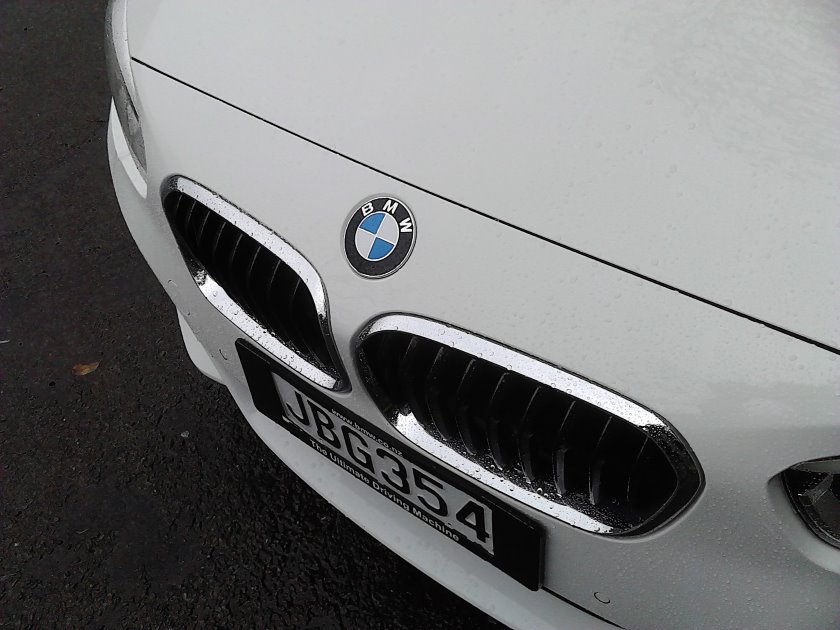
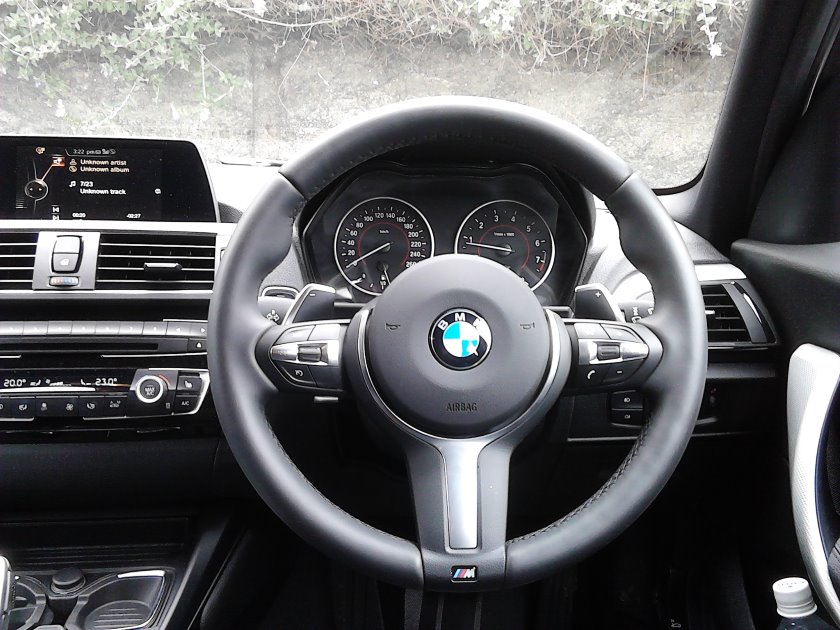
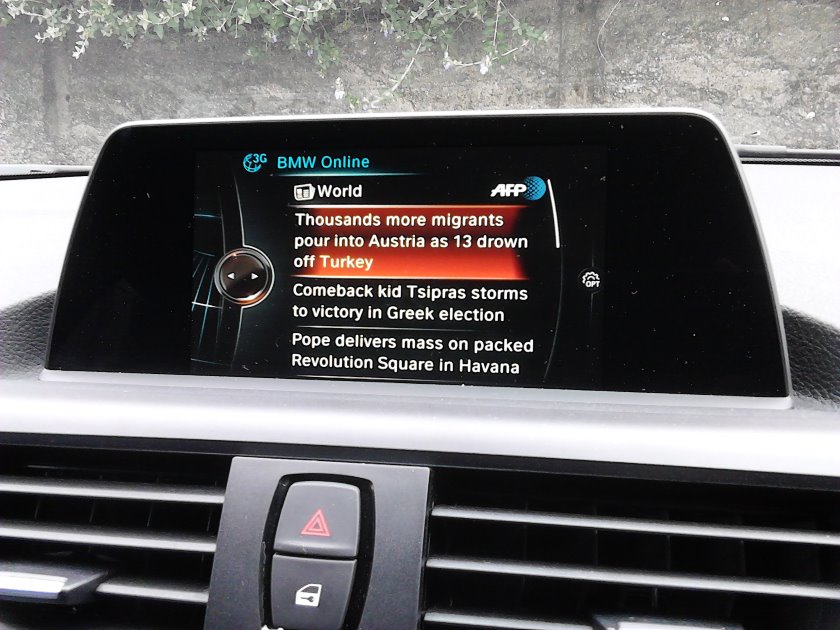
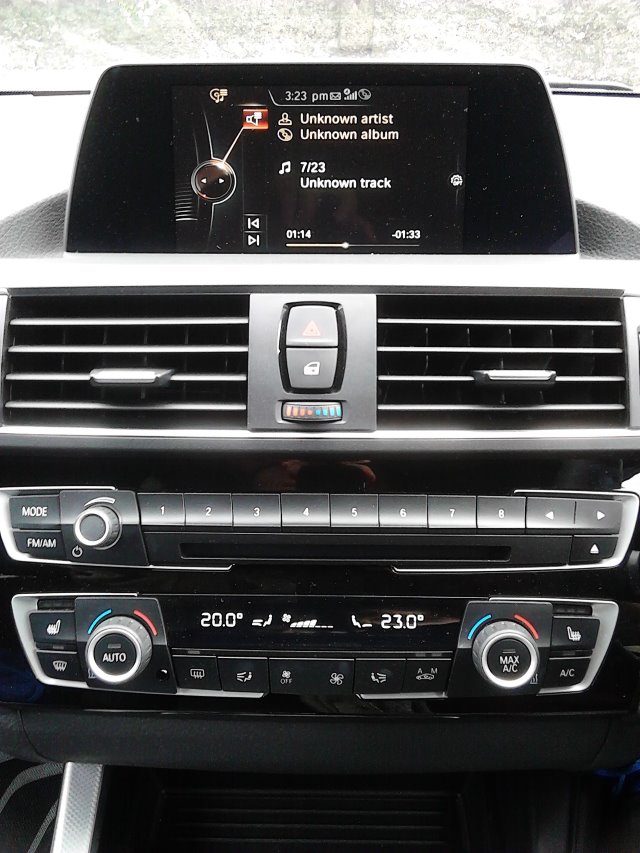
However, once you begin driving the revised 125i, the sporting edge the previous model had seems to have been toned down a notch. BMW has upped the refinement of this latest model: it’s quieter and far more relaxed, but we would regard it as very competent rather than a “warm hatch”, a moniker we applied to its predecessor. Maybe this is the way the market has headed—we’ve noticed other cars softening, too, as the emphasis goes on technology and interior niceties. As before, the 125i is fairly roomy for day-to-day usage, and most will be using it for commuting, not flinging around test tracks and B-roads. Our test did see the 125i deliver 30 mpg, or 9·4 l/100 km, but with predominantly urban driving and very little on the motorway.
It’s the technology that proves to be the 125i’s party trick. Our test car was equipped with BMW’s Connected Drive, where you can ask a live, human, personal assistant for advice. It doesn’t use your cellphone’s minutes: there’s a SIM card embedded in the car, which links you to a call centre. For the New Zealand market, it’s to a fluent, English-speaking operator in the Philippines, who already knows which country you’re calling from thanks to the sat-nav.
Of course, we have to photograph our test cars, and we decided to put BMW’s employee, located in Manila, to the test. While BMW suggests that the assistants are used for things such as locating a restaurant in your area, we asked for something more difficult: a scenic place to photograph the vehicle. The suggestions were not too bad, if a little trite: the Botanic Garden was top of her list, and she was able to then send (accurate) directions to the sat-nav from where we made the call.
And you can have a nice conversation, too: we chatted about the terrible state of Manila’s traffic and how things were at work for the operator. While the talking car isn’t quite here, at least not in the form predicted by Knight Rider, with its artificial intelligence, Connected Drive is a halfway solution which pairs a real human with the data that she is able to investigate quickly on, presumably, her own computer terminal. Unlike your typical call centre, we couldn’t hear any other operators in the background: BMW has evidently made this feel more personal.
There are other party tricks. Thanks to the integrated SIM, the car receives live news from Agence France Presse to its BMW Online service, and, knowing that reading the screen yourself presents a danger, its infotainment computer can read the items to you. The speech-synthesis pronunciation isn’t perfect, but for a rough overview, it’s very good. Its Received Pronunciation accent is pleasant to Kiwi ears. There was a decent amount of New Zealand news—unlike US apps such as Inside it’s not geared for the domestic audience of its creators—but if you wanted international news, BMW Online had that, too, with the lead items identical to what we were hearing on Radio New Zealand National. It never felt like news put together by a foreign organization: unlike the slightly Americanized accent of its Filipina operator, the news felt local. Some items had a lead photograph, exactly what you might expect from modern, online news. It also had, we noted cheekily, a negative news item about Volkswagen and its Dieselgate crisis.
BMW Online also, at a more practical level, provide up-to-the-minute news of road works on your route, and we noticed this was accurate, too.
If you really want to, you can download the Connected Drive app, which brings some of the features of the car on to your phone, giving you information about your route, places to see, and even set up your office so that the car syncs with your email. We didn’t try asking the car to dictate notes for us, but BMW tells us that that’s possible, too.
If BMW is right about cars being more technologically equipped in an age of increasing urbanization, then the 125i is entirely in line with those demands. It’s principally a family hatchback that is particularly refined, but we can no longer truly call it sporting, except for its looks, where it isn’t overshadowed as greatly by its style-led rival from Stuttgart. It is comfortable, with an interior that’s among the best in the class. And it’s practical, giving you the information that you need, whether it’s the daily news headlines on demand—there’s no need to wait on the hour for it any more on the wireless—or somewhere to go. This is increasingly where modern cars are heading today, and BMW might have hit the spot once again with its 125i hatchback. •
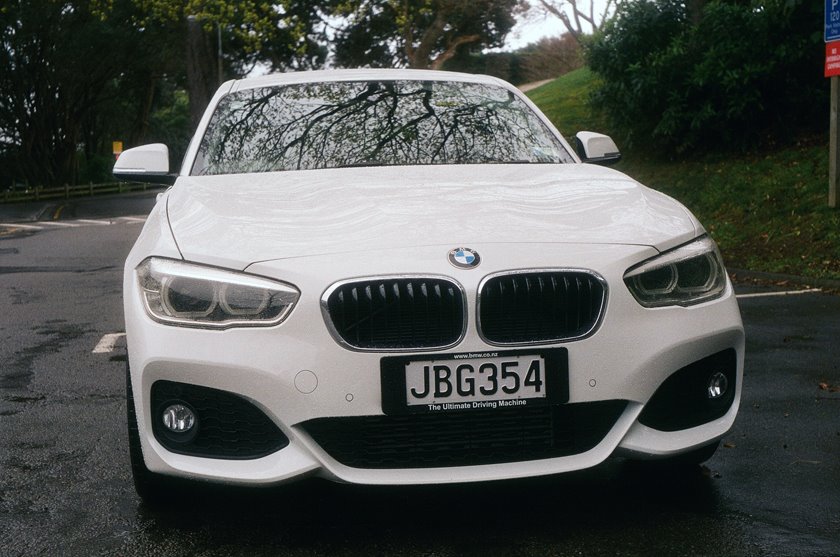
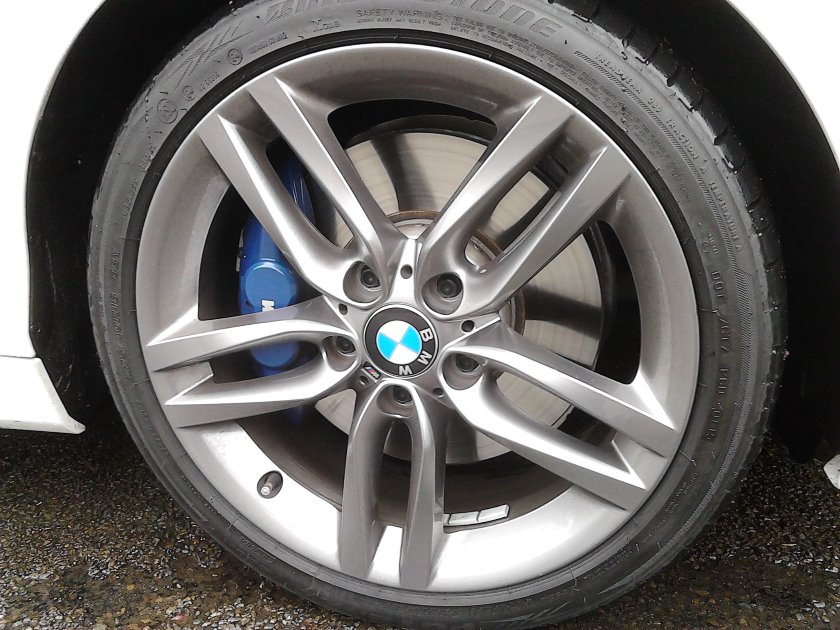
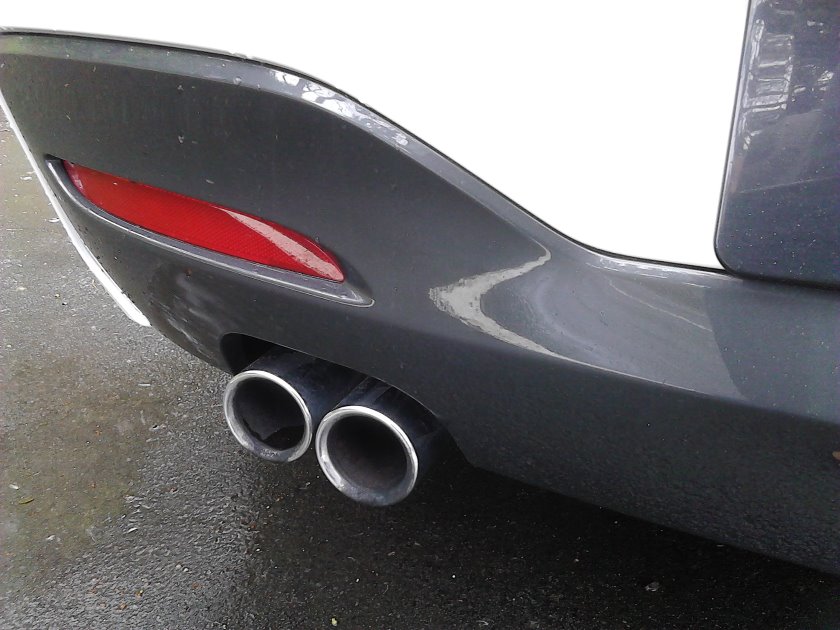 Above: The 1-series’ mid-cycle refresh has given it some stylish touches.
Above: The 1-series’ mid-cycle refresh has given it some stylish touches.
Related articles hand-picked by our editors
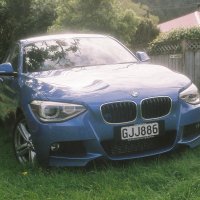 Multitasking
Multitasking
BMW reckons the 125i M Sport is its hot hatch. Jack Yan sees it differently
photographed by the author on a Voigtländer Bessamatic Deluxe
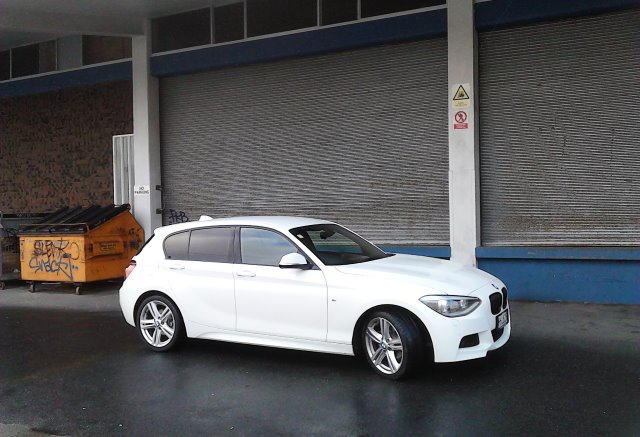
One for the money
Laden with extras, the BMW 116i Innovation Edition presents a particularly good deal at the German range’s entry level, writes Jack Yan
photographed by the author
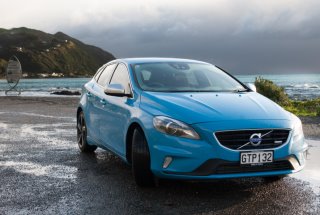 All senses engaged
All senses engaged
Jack Yan tests the Volvo V40 T5 R Design, the Chinese-owned Swedish car maker’s latest effort, and finds it ably fulfils its sporting and design briefs
photographed by Matthew Beveridge
from issue 31 of Lucire
Advertisement
Copyright ©1997–2022 by JY&A Media, part of Jack Yan & Associates. All rights reserved. JY&A terms and conditions and privacy policy apply to viewing this site. All prices in US dollars except where indicated. Contact us here.